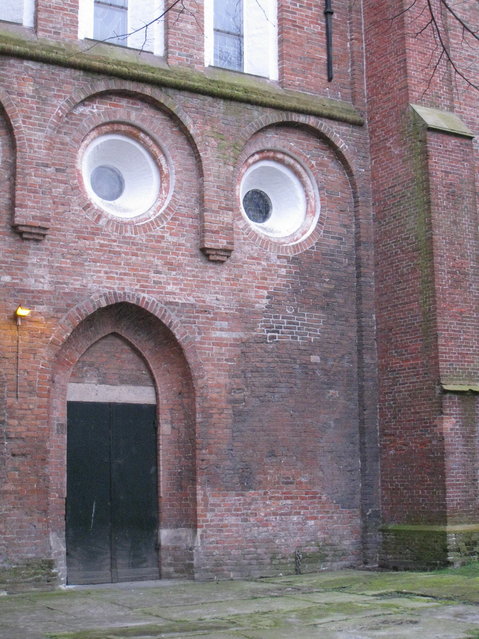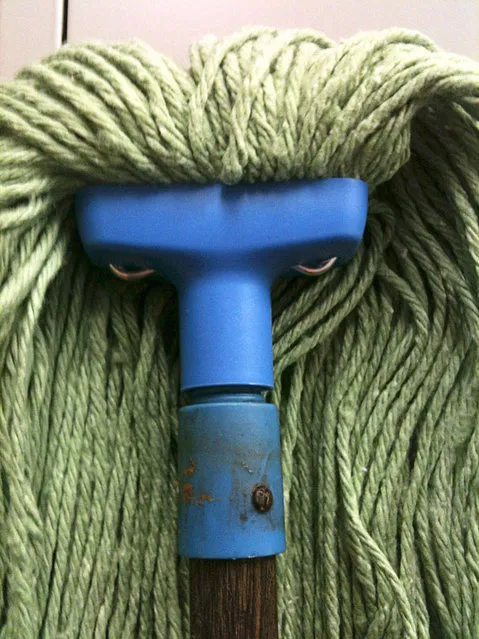07 Jun 2013 11:56:00,post received
0 comments
Details
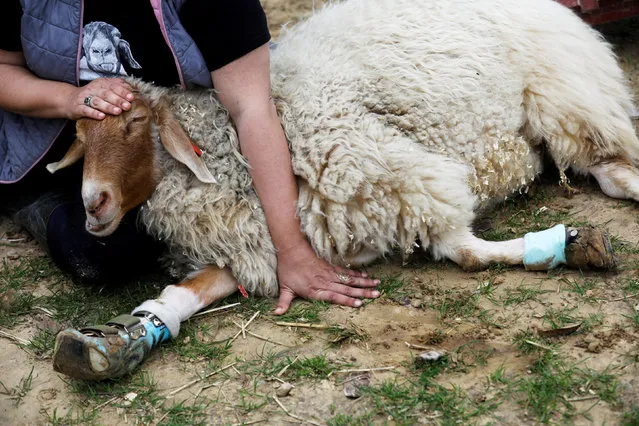
Meital Ben Ari, a co-founder of “Freedom Farm” pats Gary, a sheep with leg braces, at the farm which serves as a refuge for mostly disabled animals in Moshav Olesh, Israel on March 7, 2019. (Photo by Nir Elias/Reuters)
15 Mar 2019 00:03:00,post received
0 comments
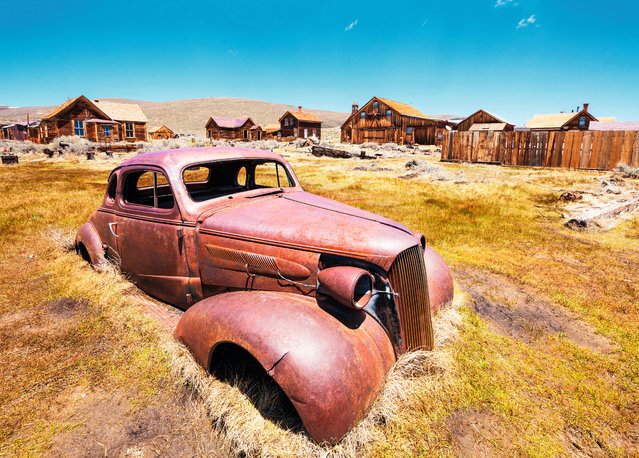
Kieron Connolly’s new book of photographs of more than 100 once-busy and often elegant buildings gives an idea of how the world might look if humankind disappeared. Here: Bodie, Mono County, California. Gold was discovered at Bodie in 1859 (just after the initial California gold rush) and it went from mining camp to boomtown. Its decline began in 1880, when word spread of new boomtowns elsewhere. The Standard Consolidated Mine closed in 1913, and four years later the Bodie Railway was abandoned. By 1940 the population was down to 40. Today, Bodie is maintained in a state of arrested decay as a visitor attraction. (Photo by Alamy Stock Photo)
07 Sep 2016 09:50:00,post received
0 comments
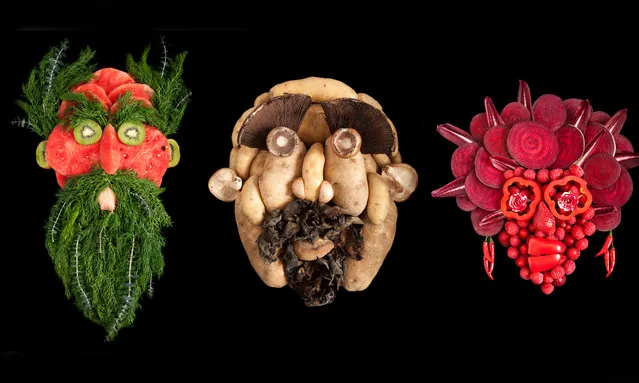
Photographer Emily Dryden and sculptor/actor Zahydé Pietri combine theatricality and organic produce to compose the photographs for their series Fresh Faces. The portraits are made from a wide range of fruit and vegetables and aim to highlight humanity’s diversity – Pietri is from Puerto Rico and Dryden is from New York. Each face has its own name and identity: “We have stories for them, which you can see in the expressions”, says Dryden, “but we decided to keep them to ourselves. We didn’t want to spoil that”. (Photo by Emily Dryden and Zahydé Pietri/The Guardian)
25 Jul 2016 11:08:00,post received
0 comments
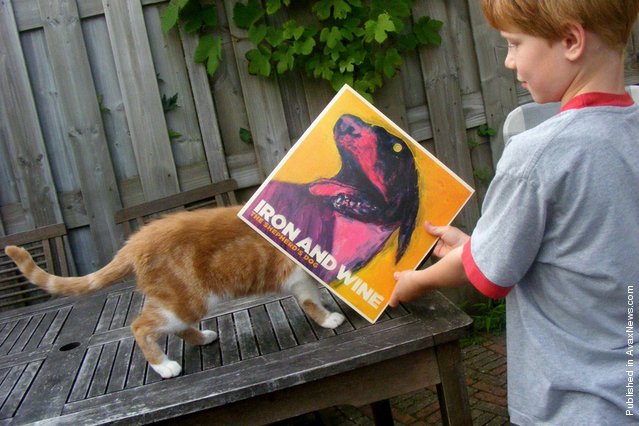
“Sleeveface is an internet phenomenon wherein one or more persons obscure or augment body parts with record sleeve(s), causing an illusion. Sleeveface has become popular on social networking sites”. – Wikipedia
Photo: “Doggy Style” (Photo by Samuel and Marco van Bergen via SleeveFace.com)
Photo: “Doggy Style” (Photo by Samuel and Marco van Bergen via SleeveFace.com)
26 Apr 2012 14:26:00,post received
0 comments
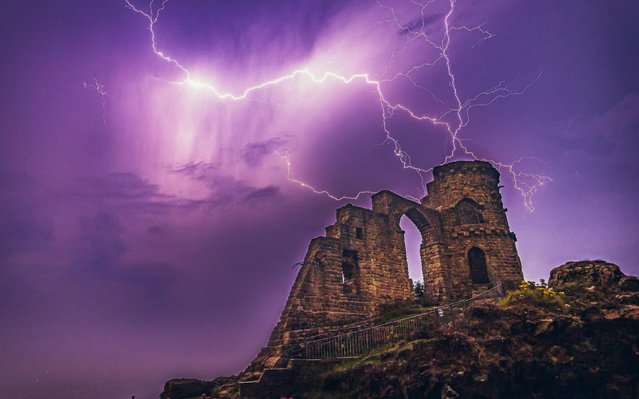
Lightning over Mow Cop Castle which is a folly at Mow Cop in the civil parish of Odd Rode, Cheshire, UK on August 13, 2020, as thunderstorms continue during the current heatwave. (Photo by Lee Scally/Bav Media)
14 Nov 2020 00:03:00,post received
0 comments
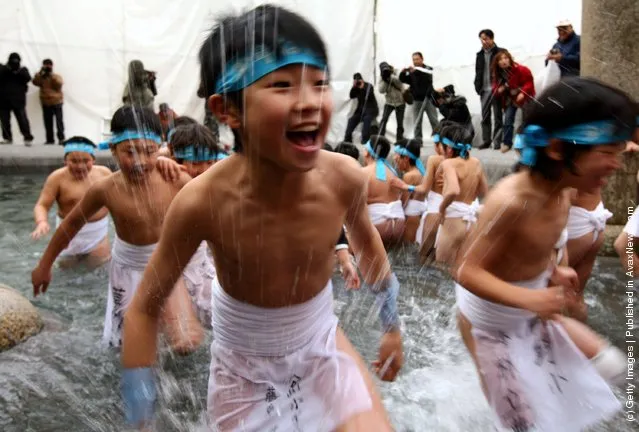
“A Hadaka Matsuri (“Naked Festival”) is a type of Japanese festival, or matsuri, in which participants wear a minimum amount of clothing; usually just a Japanese loincloth (called fundoshi), sometimes with a short happi coat, and rarely completely naked. Whatever the clothing, it is considered to be above vulgar, or everyday, undergarments, and on the level of holy Japanese shrine attire. Naked festivals are held in dozens of places throughout Japan every year, usually in the summer or winter. The most famous festival is held in Okayama, where the festival originated. Every year, over 9,000 men participate in this festival”. – Wikipedia
Photo: Japanese men wear loincloths as they splash about in freezing cold water during Saidaiji Naked Festival, at Saidaiji Temple on February 18, 2012 in Okayama, Japan. (Photo by Buddhika Weerasinghe/Getty Images)
Photo: Japanese men wear loincloths as they splash about in freezing cold water during Saidaiji Naked Festival, at Saidaiji Temple on February 18, 2012 in Okayama, Japan. (Photo by Buddhika Weerasinghe/Getty Images)
19 Feb 2012 12:18:00,post received
0 comments
Last searches:

